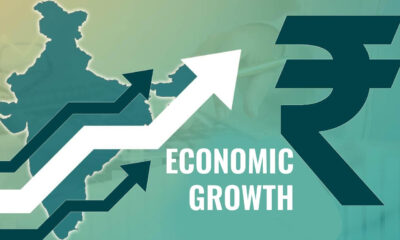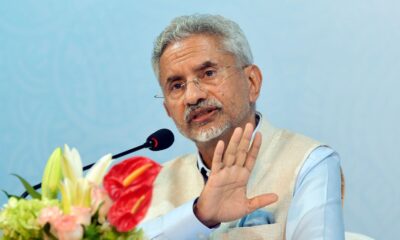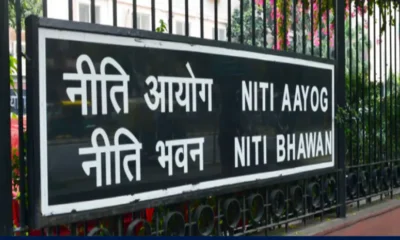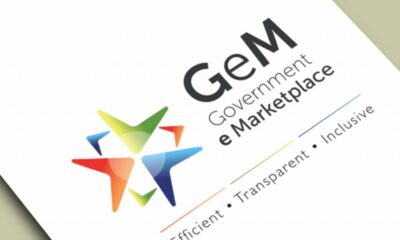In the midst of fluctuating global markets, India’s affinity for gold remains steadfast, with the country’s demand for the precious metal witnessing a notable surge in the March quarter. According to the latest report by the World Gold Council (WGC), India’s gold demand escalated by 8% during this period, reaching a substantial 136.6 tonnes. This uptick, despite gold prices soaring to historic highs, underscores the enduring importance of gold in India’s economic landscape.
A key driver behind this surge in demand was the robust economic environment prevailing in the country. Despite the challenges posed by escalating gold prices, India’s economy demonstrated resilience, providing a conducive backdrop for heightened gold consumption. Additionally, the Reserve Bank of India (RBI) played a significant role in bolstering gold demand through its aggressive gold purchases. The central bank’s proactive approach contributed to the overall momentum in gold acquisition during the quarter.
In terms of value, India’s gold demand witnessed a remarkable 20% annual increase, soaring to Rs 75,470 crore during the January-March period of this year. This surge in value was attributed to both volume growth and an 11% rise in quarterly average prices.
The jewelry sector, a cornerstone of India’s gold consumption, experienced a 4% growth in demand, reflecting the enduring cultural and social significance of gold adornment in the country. Simultaneously, investment demand witnessed a substantial 19% surge, indicating a growing appetite for gold as a financial asset among Indian investors.
Sachin Jain, CEO of WGC’s Indian operations, emphasized the resilience of India’s gold demand despite the prevailing price rally. He anticipates India’s gold demand for the year to range between 700 and 800 tonnes, albeit potentially trending towards the lower end of the spectrum if prices continue their upward trajectory. The recent rally in gold prices, which saw the precious metal reach a record high of Rs 73,958 per 10 grams, has stimulated investment demand while tempering consumption for jewelry. This phenomenon underscores the complex interplay between economic factors and consumer behavior in shaping India’s gold market dynamics.
While the March quarter witnessed a notable surge in gold demand, certain challenges loom on the horizon. Jain highlighted the potential impact of the ongoing price rally on demand, especially amidst the backdrop of the ongoing election process in the country. The upcoming months may witness a moderation in demand, driven by heightened price sensitivity among consumers and the prevailing electoral fervor. However, despite these short-term fluctuations, the long-term outlook for India’s gold demand remains positive, underpinned by strong cultural and seasonal factors.
Looking beyond the immediate market dynamics, the WGC report also shed light on key trends shaping India’s gold landscape. Scrap supplies, which represent recycled gold, witnessed a notable 10% increase from the previous year, reaching 38.3 tonnes in the March quarter. This surge in scrap supplies was driven by the price rally, prompting some investors to liquidate their holdings. Despite this influx of recycled gold into the market, buying during festivals remained subdued, with weak demand observed during the recent Gudi Padwa festival, traditionally considered auspicious for gold purchases.
However, Jain remained optimistic about the outlook for upcoming festivals, such as Akshaya Tritiya, noting that demand is expected to be moderate despite prevailing price pressures. This resilience in demand during festive seasons underscores the deeply ingrained cultural significance of gold in India, transcending short-term price fluctuations.
Furthermore, the report highlighted the substantial increase in the RBI’s gold reserves, which surged by 19 tonnes in the March quarter, surpassing last year’s net purchases. The central bank’s continued accumulation of gold underscores its strategic approach towards diversifying reserves and safeguarding against economic uncertainties.
In conclusion, India’s gold market remains dynamic and resilient, navigating through price fluctuations and economic uncertainties with fortitude. Despite the challenges posed by soaring prices and geopolitical uncertainties, the underlying demand for gold in India remains robust, driven by cultural, social, and economic factors. As the country progresses on its growth trajectory, gold is poised to retain its status as a cherished asset and a symbol of prosperity for generations to come.
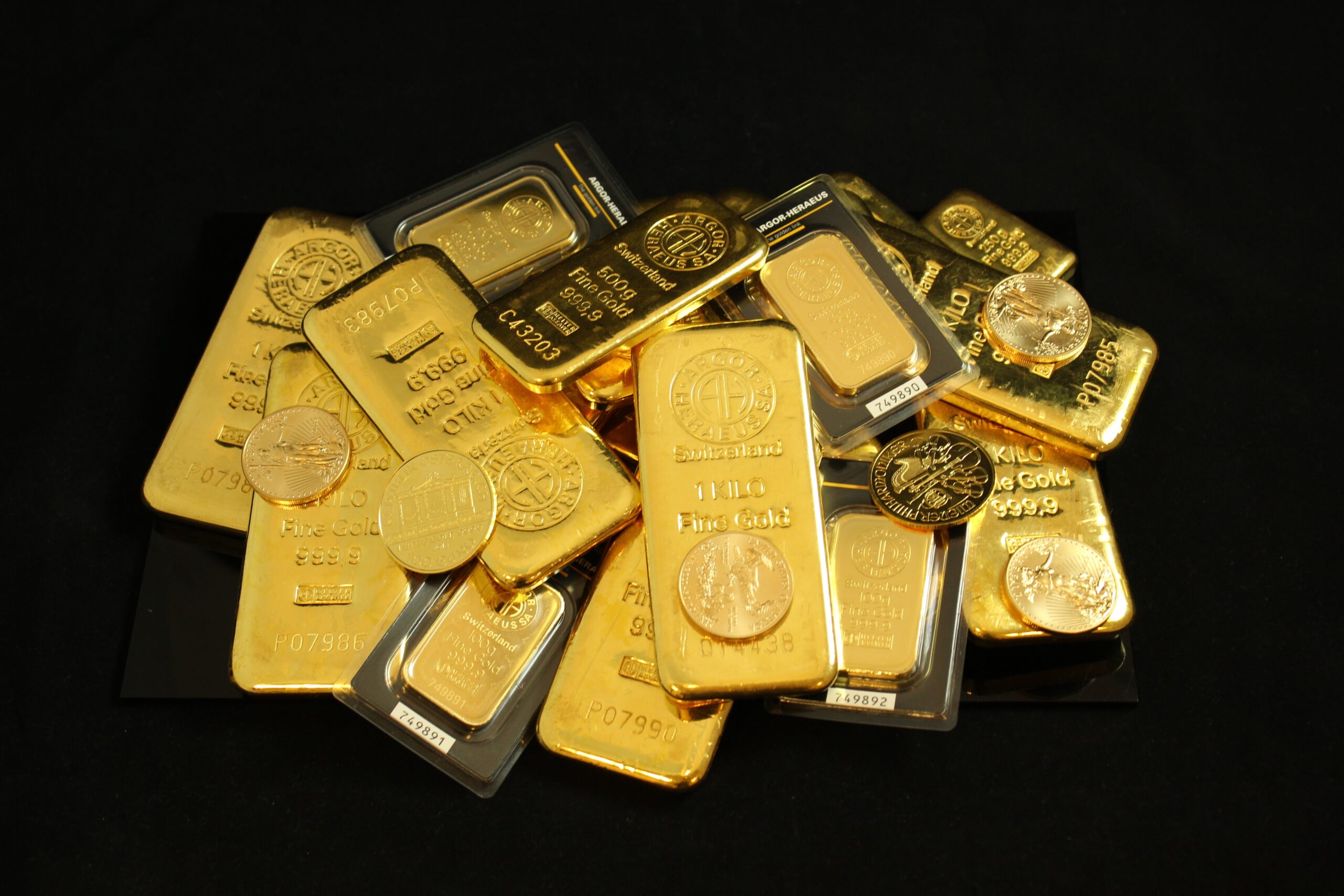

 Opinion2 years ago
Opinion2 years ago
 Entertainment7 years ago
Entertainment7 years ago
 Fashion7 years ago
Fashion7 years ago
 Entertainment7 years ago
Entertainment7 years ago
 Opinion2 years ago
Opinion2 years ago
 Politics7 years ago
Politics7 years ago
 Entertainment7 years ago
Entertainment7 years ago
 Entertainment7 years ago
Entertainment7 years ago
